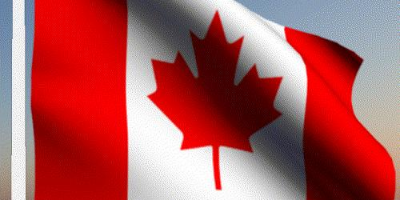Discovery of Insulin (1 janv. 1922 – 31 déc. 1922)
Description:
In October 1920 in Toronto, Canada, Dr. Frederick Banting, who was an unknown surgeon with a bachelor's degree in medicine, had the idea that the pancreatic digestive juices could be dangerous to the secretion of the pancreas provided by the islets of Langerhans. He, hence, wanted to ligate the pancreatic ducts in order to stop the flow of nourishment to the pancreas. This would create the pancreas to degenerate, making it shrink and lose its ability to secrete the digestive juices. The cells thought to produce an antidiabetic secretion could then be removed from the pancreas without being harmed. Early in 1921, Banting got his idea to Professor John Macleod at the University of Toronto, who was a first figure in the study of diabetes in Canada. Macleod was not interested in Banting's theories. Notwithstanding this, Banting succeeded to convince him that his idea was worth examining. Macleod gave Banting a laboratory with a minimum of equipment and ten dogs. Banting also got an assistant, a medical student who was named Charles Best. The experiment was set to start in the summer of 1921. they did some experimenting on dogs and found something to learn and improve. The new results convinced Macleod that they were onto something big. In late 1921, a third person, biochemist Bertram Collip, joined the team. Collip was given the task of trying to purify the insulin so that it would be clean enough for testing on humans. During the increased testing, the team also realized that the process of shrinking the pancreases had been unnecessary. Using whole fresh pancreases from adult animals worked just as well. The team was eager to start testing on humans. Banting and Best began by injecting themselves with the extract. They felt sick and dizzy, but they were not injured. Collip continued his work to purify the insulin. He also experimented with trying to find the correct dosage. He discovered that the glucose should be as pure as possible. Orange juice and honey are good examples of foods rich in glucose. On January 1922 in Toronto, Canada, a 14-year-old boy, Leonard Thompson, was chosen as the first person with diabetes to take insulin. The test was a success. Leonard, who before the insulin shots was near death, rapidly regained his strength and appetite. The team now expanded their testing to other volunteer diabetics, who reacted just as positively as Leonard to the insulin extract.The news of the successful treatment of diabetes with insulin rapidly spread outside of Toronto, and in 1923 the Nobel Committee decided to award Banting and Macleod the Nobel Prize in Physiology or Medicine.
Very soon after the discovery of insulin, the medical firm Eli Lilly started large-scale production of the extract. As soon as 1923, the firm was producing enough insulin to supply the entire North American continent. Although insulin doesn't cure diabetes, it's one of the biggest discoveries in medicine. When it came, it was like a miracle. People with severe diabetes and only days left to live were saved. And as long as they kept getting their insulin, they could live an almost normal life.
By Tahera
Ajouté au bande de temps:
Date:
1 janv. 1922
31 déc. 1922
~ 12 months
